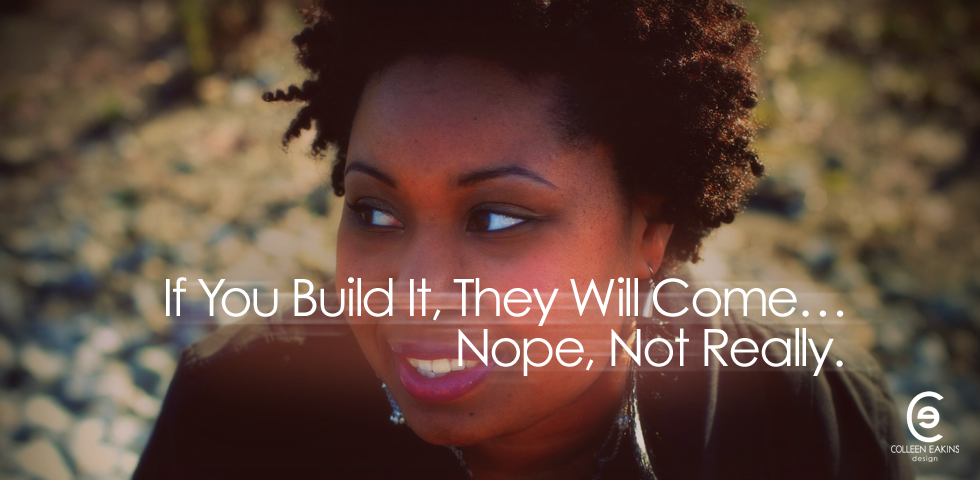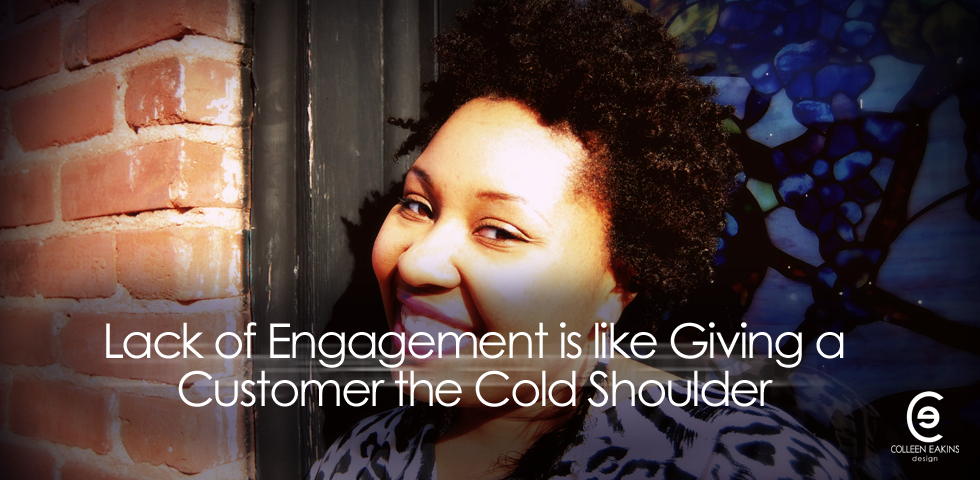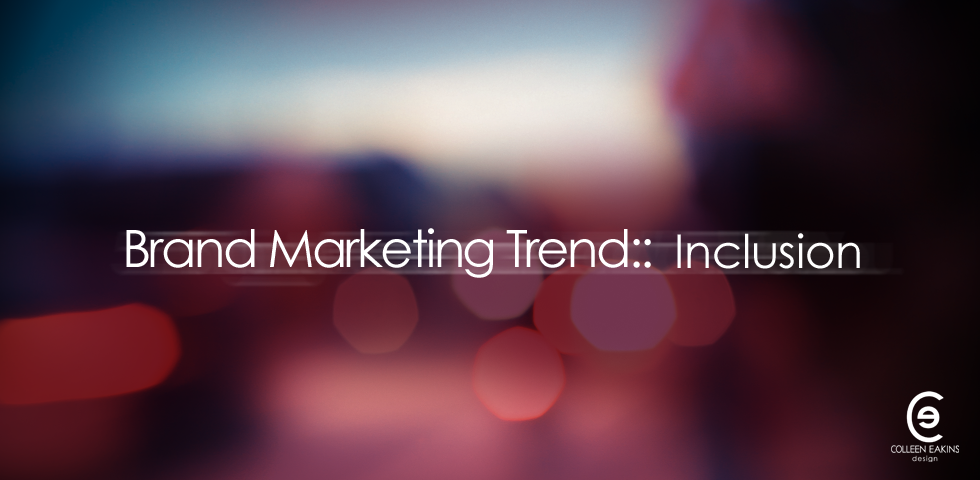It Takes More to Keep Our Attention
Advances in technology and industry have made it harder to please people. We are a society that is often distracted, busy, impatient and easily bored. Look at how children stay entertained or at least what is manufactured and marketed to keep them entertained. A long, long time ago, just a rock, forked twig and a rubber band could keep a kid entertained. Then came hula hoops, toy cars (plastic and wooden), bikes and video games. Video games are what brought kids inside and they too have evolved from a yellow blob that eats ghosts to interactive dances and internet connectivity to play with friends.
Connectivity through the internet has allowed us to consume what we want, when we want and how we want it. If your favorite show is coming on too late; you DVR it or catch it later OnDemand or on HULU. If you don’t want to see what your friend is posting about; you can delete, block or hide them and their posts. Don’t want to see ads on your favorite game or app; you can pay a premium to make them disappear. As a consumer, it seems like we have more choices that allow us to dodge and avoid advertisers; while at the same time being bombarded by them.
It is becoming harder and harder for advertisers to find ways to reach consumers. Trends do not seem to stay trends for long. The advertising world is moving just as quickly as technology. Just as soon as a strategy works and is the “it thing” to do, “it” changes. I think it is because of the connectivity and far reach of the internet. An idea can spread a lot more quickly than it could back when print advertisements and media placements were the primary methods. At that time, you were limited by the readership/viewership and frequency of a publication. Today, you can post something online and potentially reach thousands in a few hours.
Consumers are also more savvy and adept and recognizing veiled sales attempts, pr stunts, and other marketing methods. Partially because the word has spread, thanks in part to the internet…and Reddit. So marketers are left with brainstorming and coming up with new and inventive ways to wow, shock, and reach consumers. I’ve noticed more brands are trying to use humorous/wacky concepts or trying to appeal to a more diverse group of people. Check out the example ads below:
What are your thoughts on why it is getting harder to reach consumers?
Colleen Eakins is a dynamic and creative individual that possess a knack for great design. With over 15 years of experience in the field of graphic design, Colleen is able to effectively brand her clients with great design pieces. Her motto is: “Anyone can make a pretty picture, but is it effective? Will it make your customer buy your product or use your services? My design tries to answer with a YES!”






